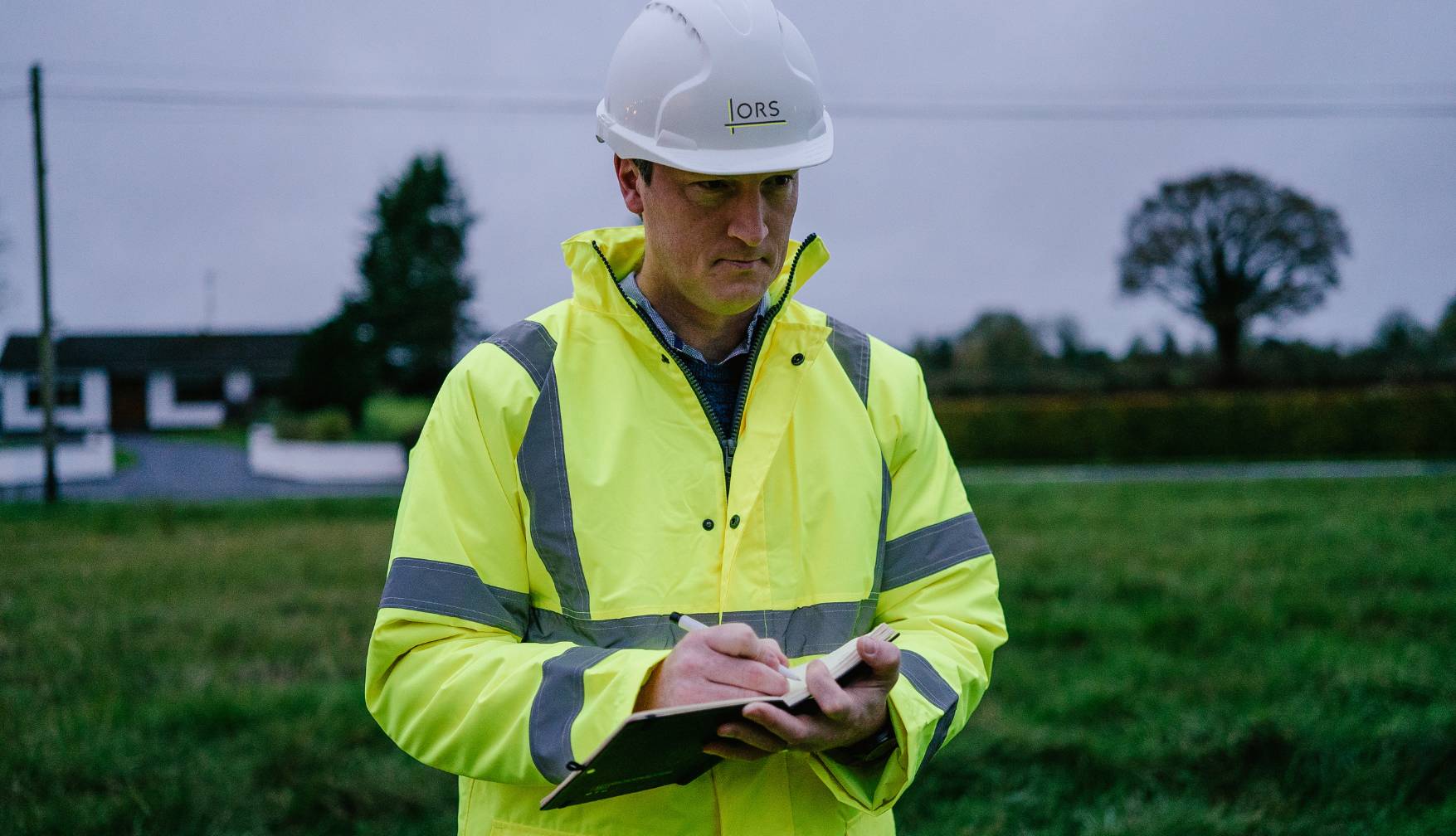The Importance of Geotechnical Site Investigation

“You pay for a site investigation whether you undertake one or not” this was my third-level soil mechanics lecturer’s favourite phrase. I remember thinking at that time that it sounded logical although maybe a bit exaggerated. However, it was not until I began my career consulting engineering that I fully began to appreciate how accurate this phrase is. And now to this day, approaching 15 years post-graduate experience it’s something that has stuck with me and most likely my fellow graduates”, says Mark.
The primary objectives of a site investigation as outlined in BS 5930 are:
- To assess the general suitability of the site and environs for the proposed works including, where applicable, the implications of any previous use or contamination of the site.
- To enable an adequate and economic design to be prepared, including the design of temporary works.
- To plan the best method of construction; to foresee and prevent difficulties and delays that may arise during construction due to ground, groundwater and other local conditions; in appropriate cases, to explore sources of indigenous materials for use in construction and to select sites for the disposal of waste or surplus materials.
- To determine the changes that may arise in the ground and environmental conditions, either naturally or as a result of the works, and the effect of such changes on the works, on adjacent works, and on the environment in general.
- Where alternatives exist, to advise on the relative suitability of different sites, or different parts of the same site.
The majority of investigation should ideally take place in the early stages of projects, prior to the design stage, however, there will also be overlap during the construction phase when additional in-situ testing such as CBR tests at the formation level of roads or foundations as specified by the engineer.
The main stages of a site investigation involve the following
- Desk Study – The desk study allows an opportunity to evaluate the ground conditions based upon existing information, and to plan the scope of the subsequent stages of investigations. It involves the collection of a wide variety of available information relating to the site including maps, drawings, details of historic uses and development, services information, geological maps, aerial photographs and rights of way and ownership.
- Ground Investigation – This stage involves intrusive investigations of subsurface soil conditions through a variety of methods often including Trial Pits, Boreholes, Rotary coring, Dynamic Probes, Plate Bearing Tests among others. Records of soil conditions encountered and various strata including subsoil, rock, water table level, fill etc. Sampling of material encountered at various levels will usually be taken using appropriate techniques for further analysis and testing in a laboratory.
- Laboratory Testing – Following soil and/rock sampling in the field the samples are brought to a lab where a range of tests can be performed such as classification, quality, shear strength, compressibility, durability (rock), compaction tests. Chemical analyses can also be undertaken such as Rilta Suite testing for contamination.
- Reporting – The results of the site investigation are compiled into a final report which will outline the findings and will include investigation point logs, stratigraphy interpretations, comments and recommendations relating to design and construction and any recommendations for further investigation or post-construction monitoring.
Financial Risk/Certainty/Viability
Unfavourable and unexpected ground conditions are one of the most common and expensive overruns on construction projects. Examples of unfavourable conditions on a site could include soft subsoils, high water table, uncontrolled fill, and contamination. Depending on the proposed development any of these adverse items could have very significant implications and could add significantly to the financial cost of the development. A simple way of reducing this risk and gaining an understanding of the ground conditions is to undertake an appropriate site and ground investigation as early as possible. This will allow early and appropriate consideration by developers and design teams to design an appropriate solution.
To learn more about how ORS can help you by providing Civil & Structural services, contact Mark Heslin, at m.heslin@ors.ie today.
